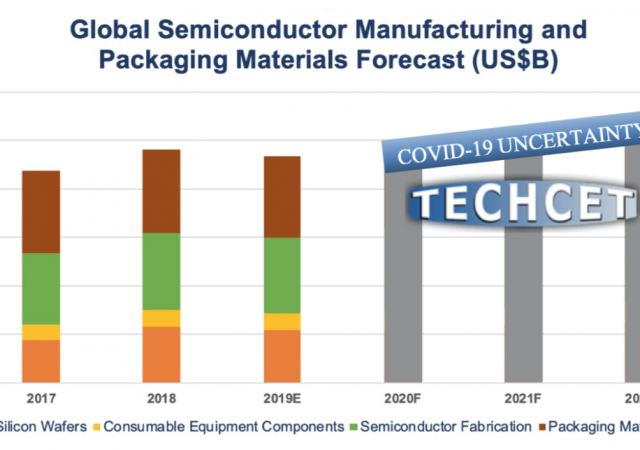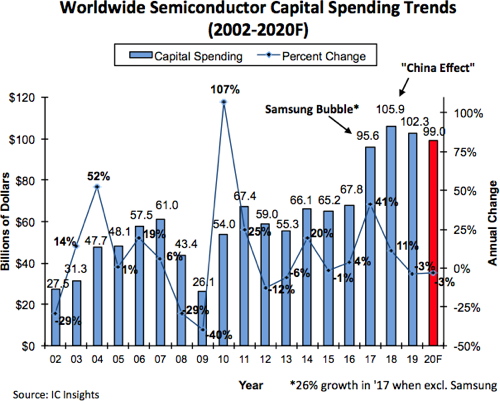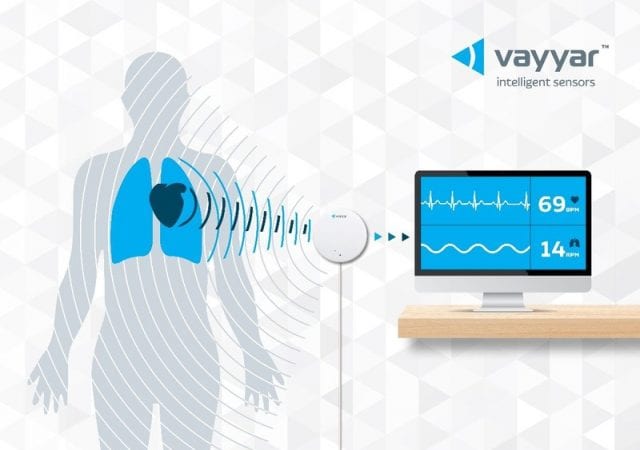Impact of COVID-19 pandemic on the global economy is creating choppy waters for shipping and supplying critical materials, as highlighted in recent Critical Materials Council (CMC) monthly meetings.
Nordic Semiconductor Joins ZBOSS Open Initiative
DSR Corporation announces that Nordic Semiconductor, a global leader in short range wireless and low power cellular IoT technologies, has joined the ZBOSS Open Initiative (ZOI), a community of companies with a shared understanding of the necessity to have a common Zigbee® PRO software platform to overcome, together, the challenges around interoperability, security, testing, and optimization of Zigbee®-enabled products and solutions.
Revenue Management Challenges Cost High Tech Companies Billions, According to New Model N Research
Model N, Inc. (NYSE: MODN), the leader in cloud revenue management solutions, today announced details of a new executive report, the “2020 State of Revenue,” created to examine revenue management trends in the high tech industry.
Global Semiconductor Capex Forecast to Drop 3% Again This Year
Using its “baseline” assumptions shown in the soon-to-be-released April Update to the 2020 edition of The McClean Report—A Complete Analysis and Forecast of the Integrated Circuit Industry (MR20), IC Insights is not lowering its current -3% 2020 semiconductor industry capital spending forecast (Figure 1) due to the Covid-19 outbreak.
New Discovery Settles Long-Standing Debate about Photovoltaic Materials
Scientists have theorized that organometallic halide perovskites– a class of light harvesting “wonder” materials for applications in solar cells and quantum electronics– are so promising due to an unseen yet highly controversial mechanism called the Rashba effect.
BOE and Qualcomm Announce Strategic Collaboration
BOE Technology Group Co., Ltd (000725.SZ / 200725.SZ) and Qualcomm Technologies, Inc. announce their plans to establish a strategic collaboration to develop innovative display products featuring Qualcomm® 3D Sonic ultrasonic fingerprint sensors.
GLOBALFOUNDRIES Qualifies Synopsys’ IC Validator for Signoff Verification on 22FDX Platform
With IC Validator physical verification, customers striving to take advantage of the low-power and performance benefits of GF’s 22-nanometer FD-SOI technology can now quickly verify that their designs meet signoff requirements for manufacturability compliance and maximum yield.
Israeli Government Partners With Vayyar to Introduce Life-saving Technology to Combat COVID-19
Vayyar’s intelligent sensors provide touchless, remote and confidential monitoring to detect and monitor vital signs that can indicate early-stage COVID-19 symptoms.
Si2 Launches Survey on Artificial Intelligence and Machine Learning in EDA
Silicon Integration Initiative has launched an industry-wide survey to identify planned usage and structural gaps for prioritizing and implementing artificial intelligence and machine learning in semiconductor electronic design automation.
Renesas Electronics Creates Open-Source Ventilator System Reference Design to Fight COVID-19 Pandemic
Many regions are experiencing a critical shortage of ventilators as COVID-19 infections continue to rise and hospital demand exceeds supply.



